Forty years ago, I spent 14 hours in a large field near the A1 in Hertfordshire.
I had just taken my O-levels, liked Be-Bop Deluxe, Genesis and Rachmaninov, and often danced my head off to The Who’s ‘Won’t Get Fooled Again’. I was confused about girls and worried that I’d chosen one wrong A-level (Ancient History).
In the nation at large, Harold Wilson had resigned as prime minister in March. Under James Callaghan, Britain would wobble further into a strife that marked the late 1970s like a purulent eczema. Pop music would start, rather violently, to reflect it. In the polity these were not confident times.
Friends had persuaded me to go and see The Rolling Stones, headlining at that year’s Knebworth Festival, a rock jamboree that had begun in 1974. In mid-1976 the Stones had completed a two-month tour of Europe and agreed quite late in the day to play Knebworth. I wasn’t a fan but seeing the legend live seemed an appropriate rite of passage.
In a crowd of over 100,000 and in roasting sun — that summer Britain experienced the driest spell in decades — I enjoyed, moderately, the five pre-Stones acts (one of whom, Lynyrd Skynyrd, a storming American heavy-guitar band, was largely destroyed a year later in an air crash). Dope was everywhere.
The Stones arrogantly delayed their appearance until well after sunset. Just before Mick Jagger pranced down a catwalk with a beaver hat on (ludicrously, given the heat), the compère bellowed, ‘What’s the greatest rock ’n’ roll band in the world?’ A bloke right next to me bellowed back, ‘The Who!’ I still laugh at how right he possibly was.
We all have our tastes and memories. Music obsessed over during youth marks us like no other. Sometimes this gets turned into books. David Hepworth has recently done it, with verve, in Never a Dull Moment: his focus is 1971, year of Led Zeppelin’s fourth album, David Bowie’s Hunky Dory, Carole King’s Tapestry and, in pure pop (dismal to recall), the breakthrough of The Osmonds.
Last November Jon Savage went for 1966, the year, runs the subtitle of his latest book, ‘the decade exploded’. The Beach Boys, The Beatles, The Velvet Underground, Dusty Springfield and The Supremes — and, lamentably, The Monkees — are all in there, among many others. A more astute historian than Hepworth, Savage also provides exceptional analysis of what was actually that year’s major influence on pop and rock stars and their fans: LSD.
In terms of quality and change I’m putting in a bid for 1976 as the musical ne plus ultra, though much that occurred in it remains far from my taste. The Stones at Knebworth were magisterial — the set was significantly longer than any they’d played that year — and a reminder that a certain type of tumescent British rock ’n’ roll was fearlessly alive. But rock, broadly, had already moved into far more fascinating terrain (much of which I still cherish) than the Stones would ever step into.
1976 bequeathed us Stevie Wonder’s Songs in the Key of Life (aged 66, Wonder last month performed the entire record in Hyde Park), Bob Dylan’s driving Desire and Bowie’s sonically most achieved album, Station to Station. Genesis, post-Peter Gabriel, announced their staying power by releasing two albums — and would become a key enormo-act of the 1980s. Towards the end of the year, Elton John came up with the entrancing double-album Blue Moves, containing the richest and most variegated music of his career.
In the King’s Road, meanwhile, a fierce anti-hippie energy was brewing: a backlash against everything Knebworth seemed to stand for. Malcolm McLaren, helped by Vivienne Westwood and based at their boutique Sex, was creating a band. The Sex Pistols’ live performances in 1976, always chaotic — fomented by McLaren to guarantee a new and total anarchy in pop — caught the attention of like-minded, angry wannabe bandmakers. The Buzzcocks, Siouxsie and the Banshees, The Clash and the Damned formed. By the end of the year punk, helped on its way by a groundbreaking US quartet called the Ramones, was in putative full cry.
Johnny Rotten would scoff at the British establishment: the country was a miserable, ugly place, ‘so you got us’. The punks were a shock in 1976, often credited with killing off rock’s old guard. In fact, for longer than is usually acknowledged, the old and new happily co-existed. Punk, which I never liked, wore itself out in 1978, but its shrunken, aggressive aesthetic had a profound impact on the music and of course the fashion of the next decade, and beyond.
1976 left a more multifarious pop and rock legacy than any year I can think of: a heady brew of the extremely good and the outrageously ugly. And even if I was and remain ambivalent about the Stones and punk, there, in 1976, they both indelibly reside. Four decades on, I’m powerless to do anything other than name it the best — or at least most shape-shifting — year of all.
The post 1976 and all that appeared first on The Spectator.
Got something to add? Join the discussion and comment below.
Get 10 issues for just $10
Subscribe to The Spectator Australia today for the next 10 magazine issues, plus full online access, for just $10.
You might disagree with half of it, but you’ll enjoy reading all of it. Try your first month for free, then just $2 a week for the remainder of your first year.

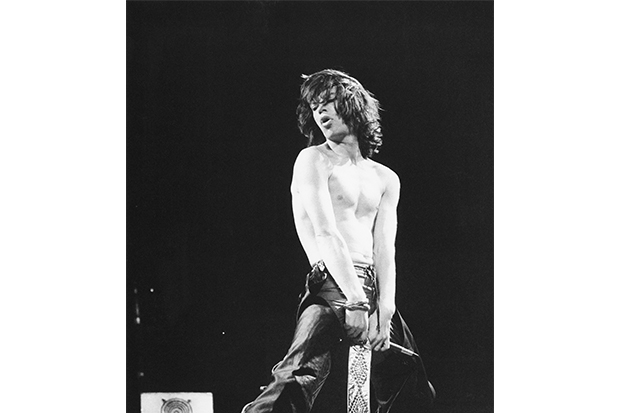
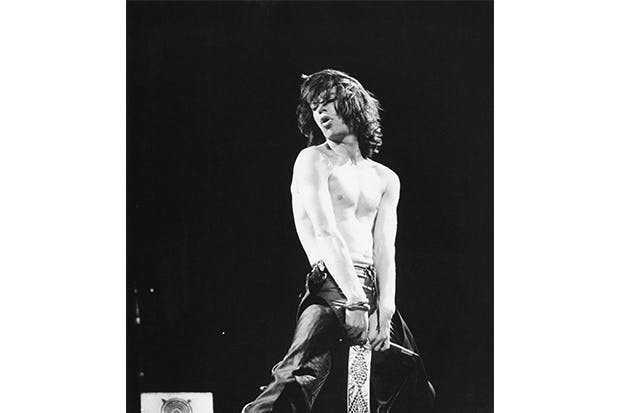

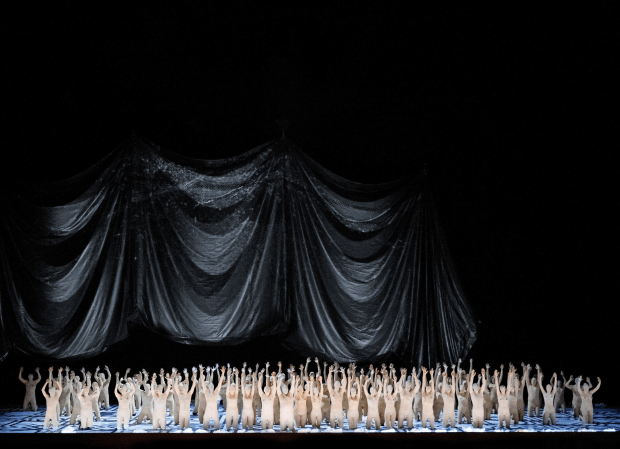
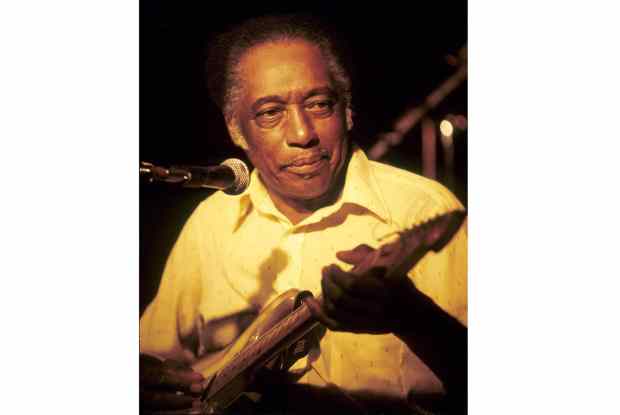
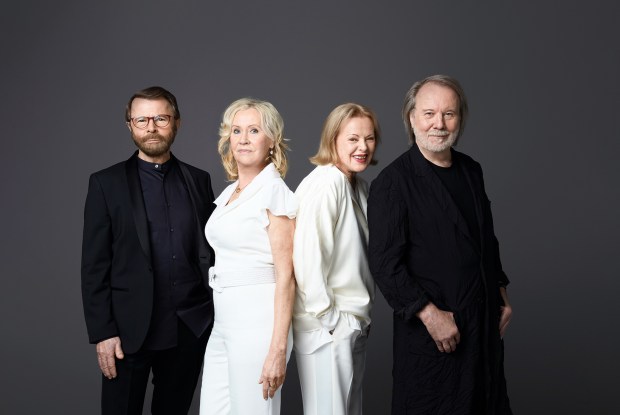






Comments
Don't miss out
Join the conversation with other Spectator Australia readers. Subscribe to leave a comment.
SUBSCRIBEAlready a subscriber? Log in